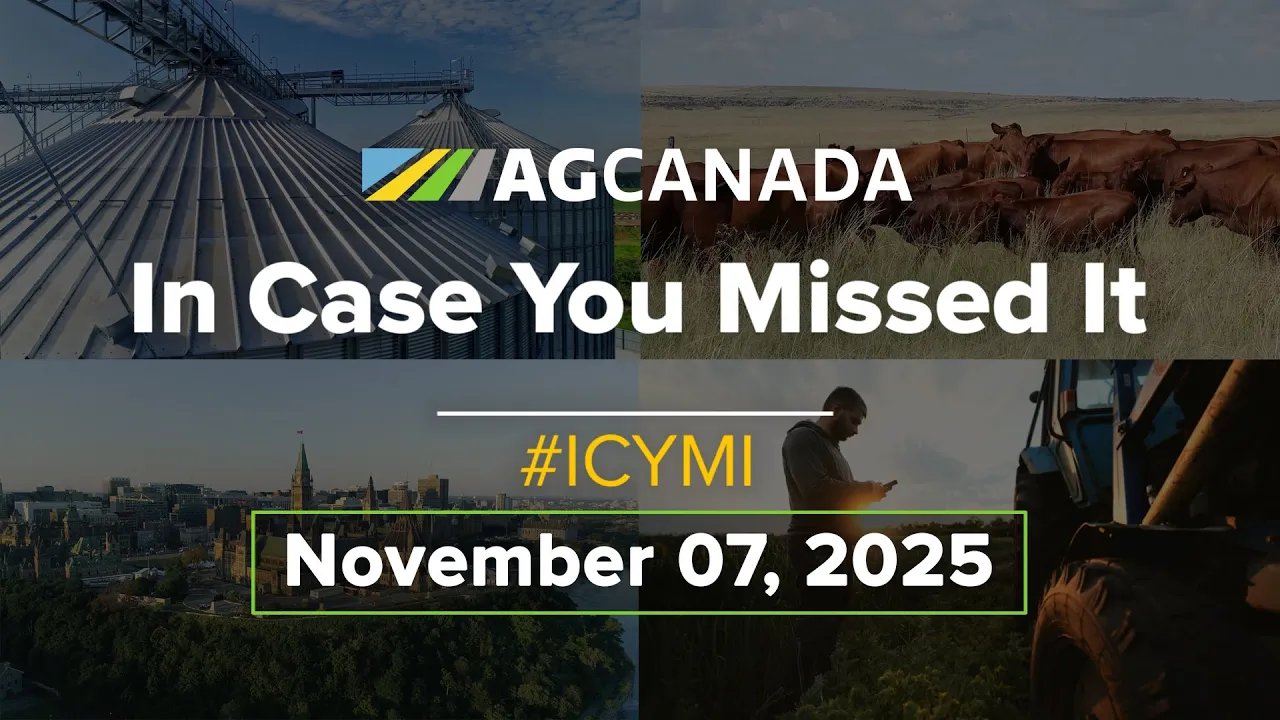Federal agriculture minister Lyle Vanclief says this week’s federal-provincial ministers’ meeting in Whitehorse is a key stepping-stone to creating the most comprehensive agricultural policy in Canada’s history.
The policy will have a farm income safety net program but aid will not be isolated from other parts of the program. Sources say Ottawa will expect farmers to live by the environmental, food safety and risk management parts of the package if they expect to qualify for aid.
Vanclief is asking for provincial agreement to general principles, with the details to be developed in the weeks ahead.
Read Also

AGCanadaTV: In case you missed it; your national ag news recap for Nov. 7, 2025
https://youtu.be/hDhaCHQRyso Carney government drops first federal budget The 2025 federal budget put a hefty focus on trade – particularly diversifying…
“I fully expect to have a plan to take to cabinet in the fall that tells them we need to look at how we address the issue of agriculture policy,” he said in a June 20 interview.
Vanclief said a total revamp is required because the Canadian policy has become too centred on emergency aid. Since 1986, federal and provincial governments have spent close to $50 billion on farmers, said the minister.
“Some raise the question of where it has gotten us,” said Vanclief.
“I have (said) it is not on to go back to cabinet to just ask for funds for farm income.”
In Winnipeg June 18, the Canadian Federation of Agriculture told Vanclief and provincial governments that a long-term safety net guarantee is “paramount” to any new program if it is to be credible to farmers.
Vanclief said he has not tried to figure out what it would cost “but clearly we are talking a lot of money.”
The new program is expected to include:
- A low-slung safety net system centred on revised Net Income Stabilization Account and crop insurance programs with an extra aid program to be seen as a last resort and likely distributed through provincial cost-shared companion programs.
- A requirement that within five years, all farmers have farm environmental plans if they are to expect access to government aid. Some dollars would be available to help farmers change their operations for environmental reasons.
- A requirement that food safety programs be adopted on farms that want to be part of broader national programs. It could include both on-farm Hazard Analysis Critical Control Point programs and a system of product tracing.
- A greater emphasis on farm diversification and life sciences crops, such as those grown for pharmaceutical purposes.
- A human resources department training program for those who want to upgrade their skills, or exit funds for those who want to leave.
In Regina, Saskatchewan agriculture minister Clay Serby said the federal ideas could be supported as long as farmer income needs are not forgotten and the provinces are part of the planning.
In Selkirk, Man., Canadian Alliance agriculture critic Howard Hilstrom said Vanclief should not simply announce a plan and expect provinces and farmers to comply.
He noted that the House of Commons agriculture committee expects to travel through the country in October.
“The minister should announce some proposals but let us take them to farmers to hear what they think about them.”














